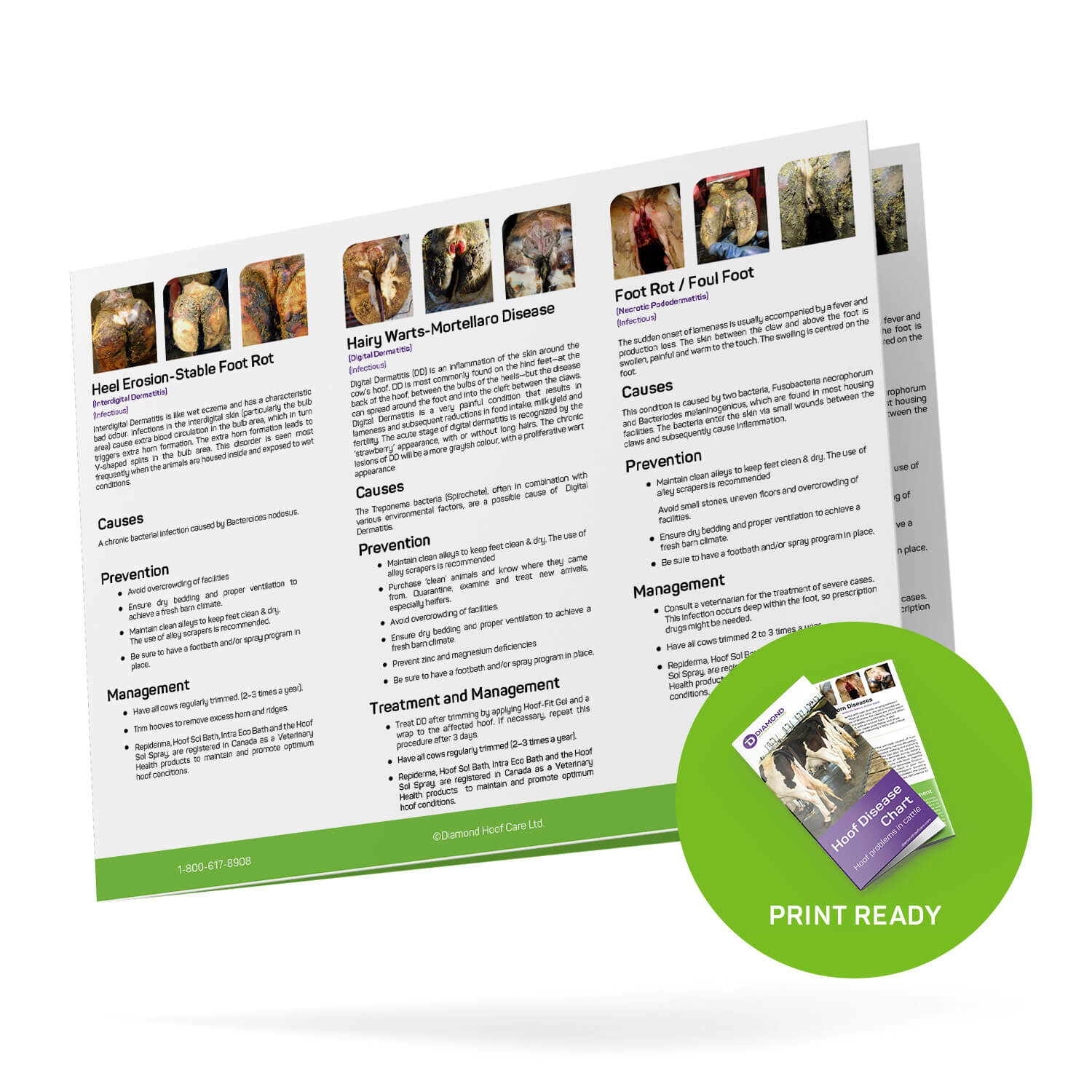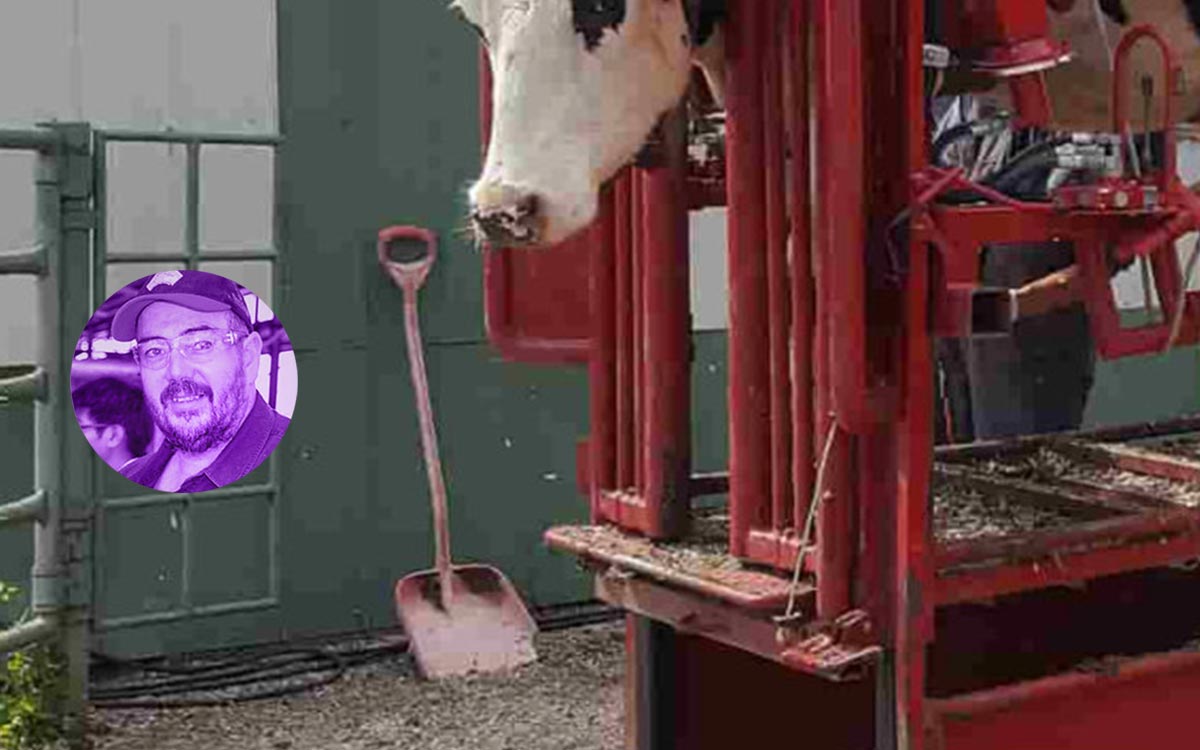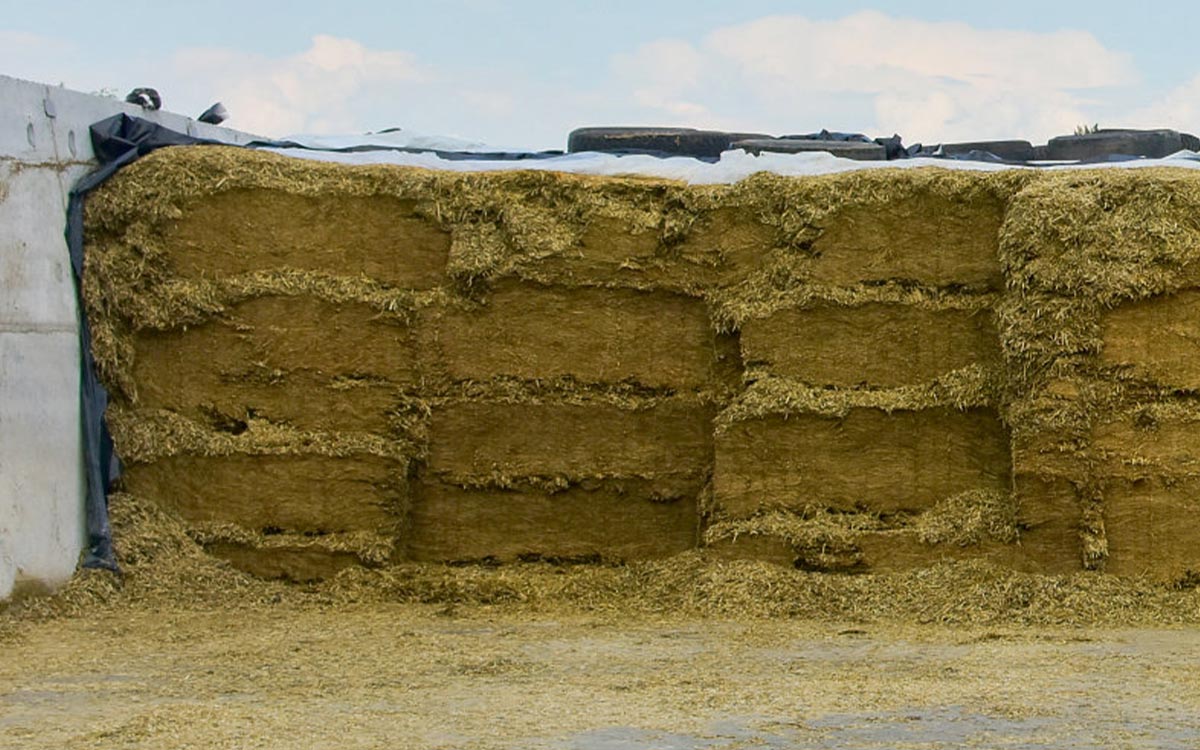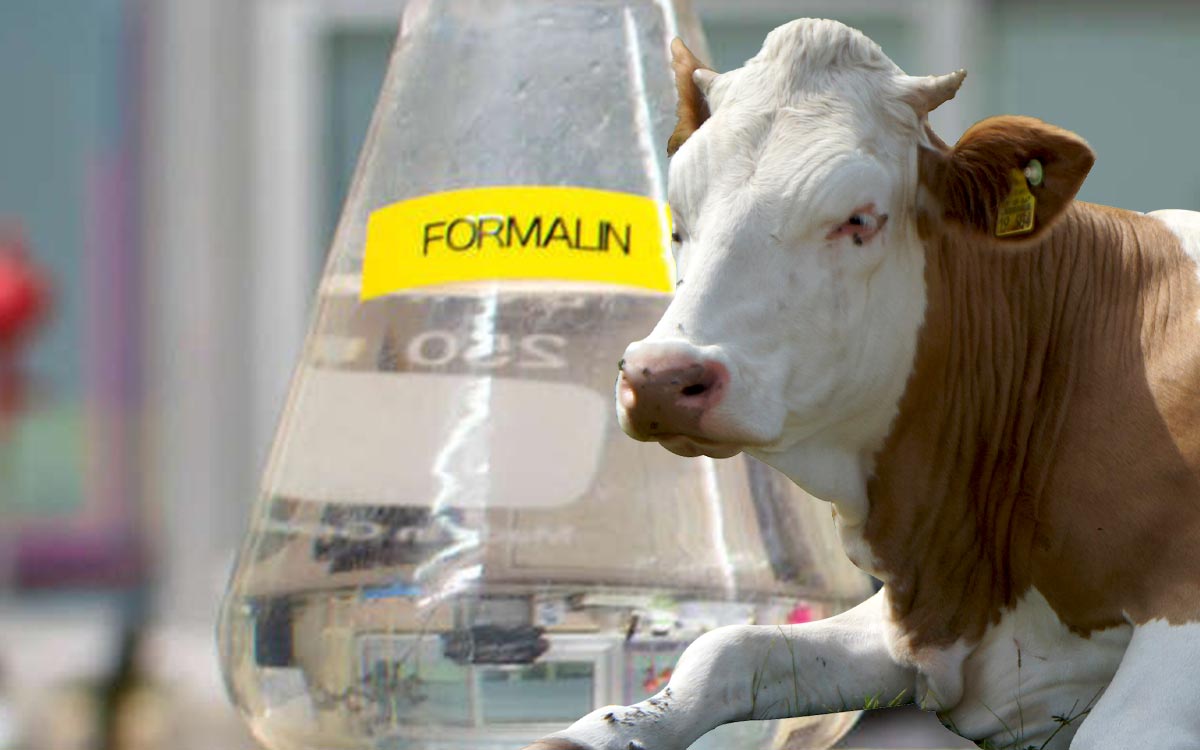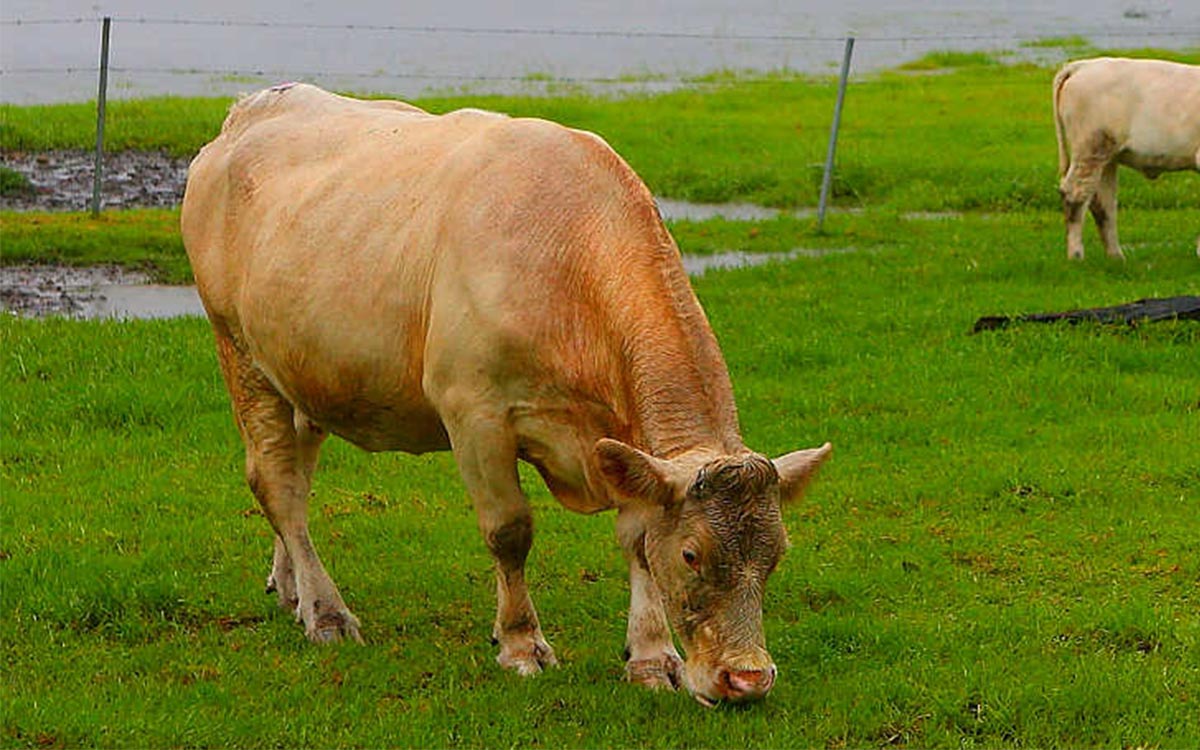Lameness is a problem no dairy farmer can handle alone. As we at Diamond Hoof Care keep saying, hoof health should be a collective industry effort.

That is, it should involve education, training, and knowledge sharing. Peter Best, an Australian lameness prevention and treatment specialist, supports this view.
Koos got to chat with Peter, who favours a hands-on approach to dealing with lameness. Having grown up on a dairy farm, the Aussie specialist is programmed to have a proactive attitude. On top of that, he finds his work with farms very rewarding. Here’s what else he shared with Koos.
Q: Peter, what guides you when recommending a hoof health system to a farm?
A: My approach to setting up hoof health systems is to make them simple to implement. They shouldn’t require a lot of changes and capital expenditure, nor should they be key person-dependent.
The other thing I do is to really look at what’s happening on the farm before giving any advice. After they’ve told me what they think the cause of their problem is, I often find that their lameness is the result of something totally outside of their train of thought.
Q: Can you give us an example?
A: A company recently approached me on behalf of a very large farm regarding milk quality. They think the source of a lot of their mastitis is the farm’s lameness problem. If they end up engaging me for the project, it will be an interesting investigation. I agree with them that the stress factor will be impacting the cows’ immunity levels, which in turn will affect their milk quality. However, they are blaming digital dermatitis (DD) and an inefficient foot bathing program. All the changes they’ve made to this program have had no effect on the DD. According to my experience and observations in Asia, DD has usually been the secondary lesion developing after a severe sole ulcer or white line that has gone untreated because the cows’ stress level is elevated and their immune systems affected by the initial lesion.
Q: In your experience, what major challenges do farmers usually face when dealing with lameness?
A: The biggest challenge I see in most farms is that they want a treatment that doesn’t involve looking at the foot in a chute. You have to pick up the feet to fully understand the problem. If only a lameness investigation were as easy as a milk quality investigation! It’s not like standing next to a cow being milked. Then you score the teat ends without having to restrain the cow.

Peter’s company, Innovative Farm Services, has been doing an extensive Asian study over the last three and a half years. It has been implementing a health education and training program, focusing on key areas that affect lameness rates and on introducing preventative measures. Peter shared the top takeaways from this study in a recently published article. Make sure to check it out: it’s a treasure trove of valuable information!
Also check out Peter’s LinkedIn profile and website
